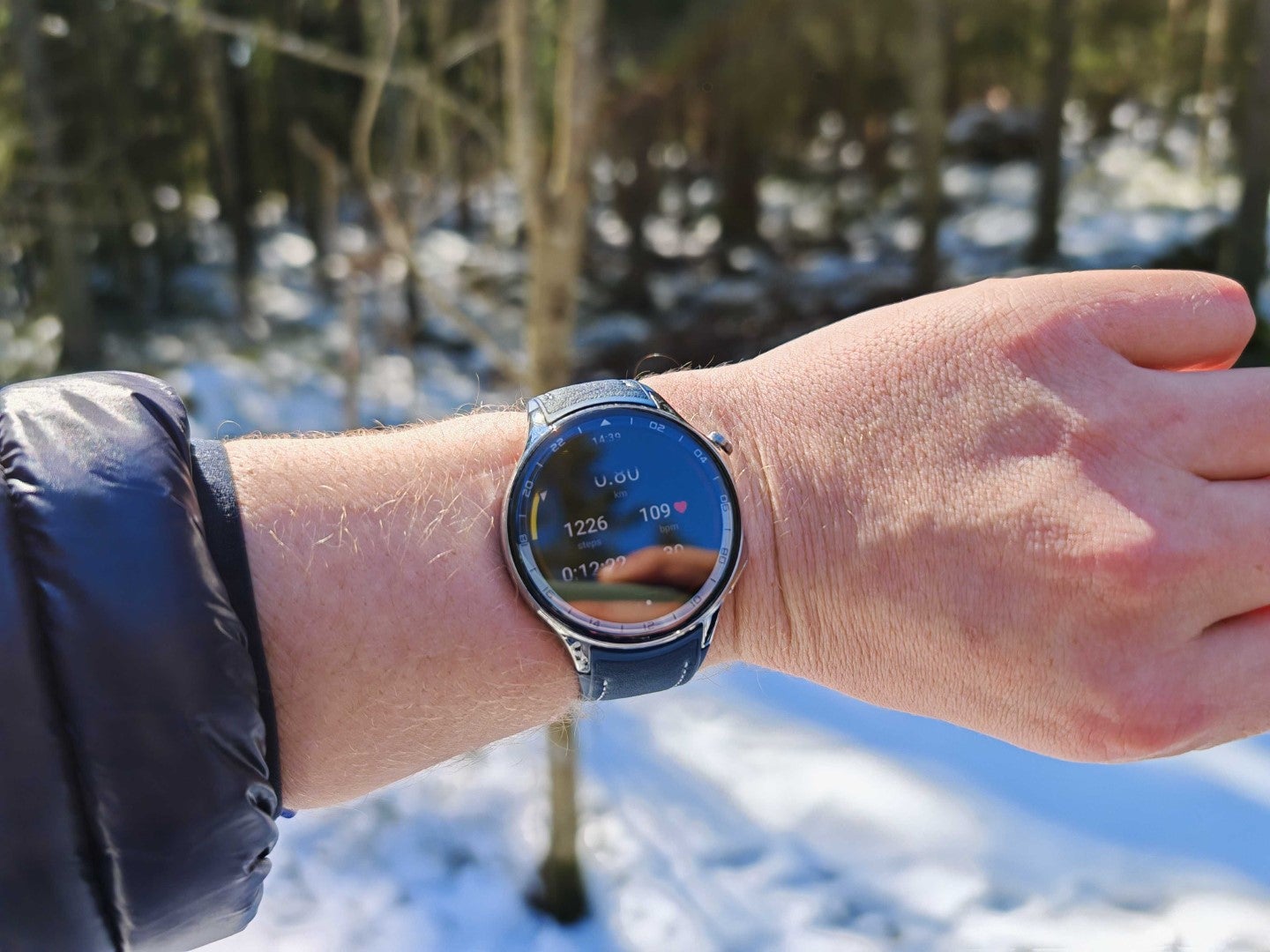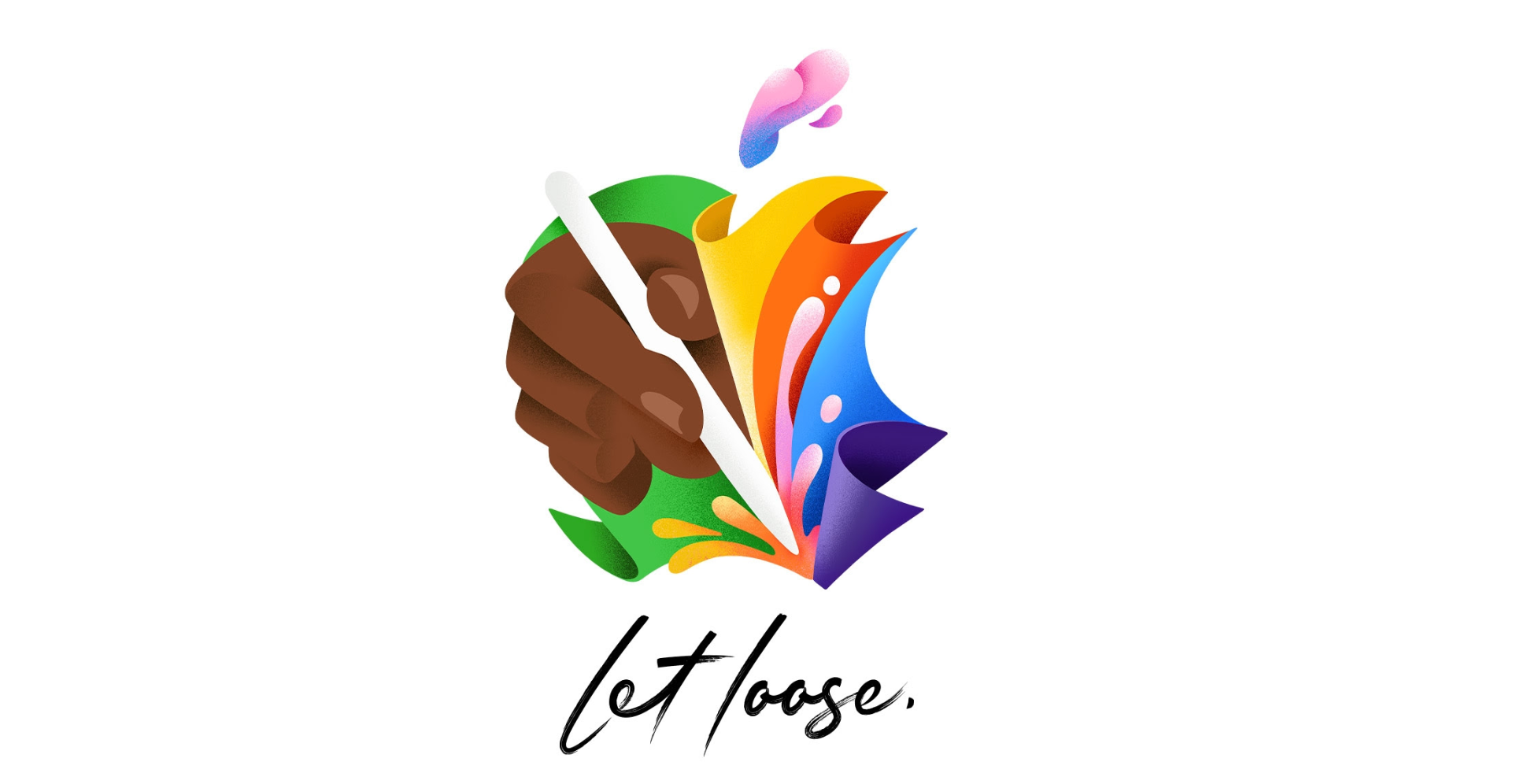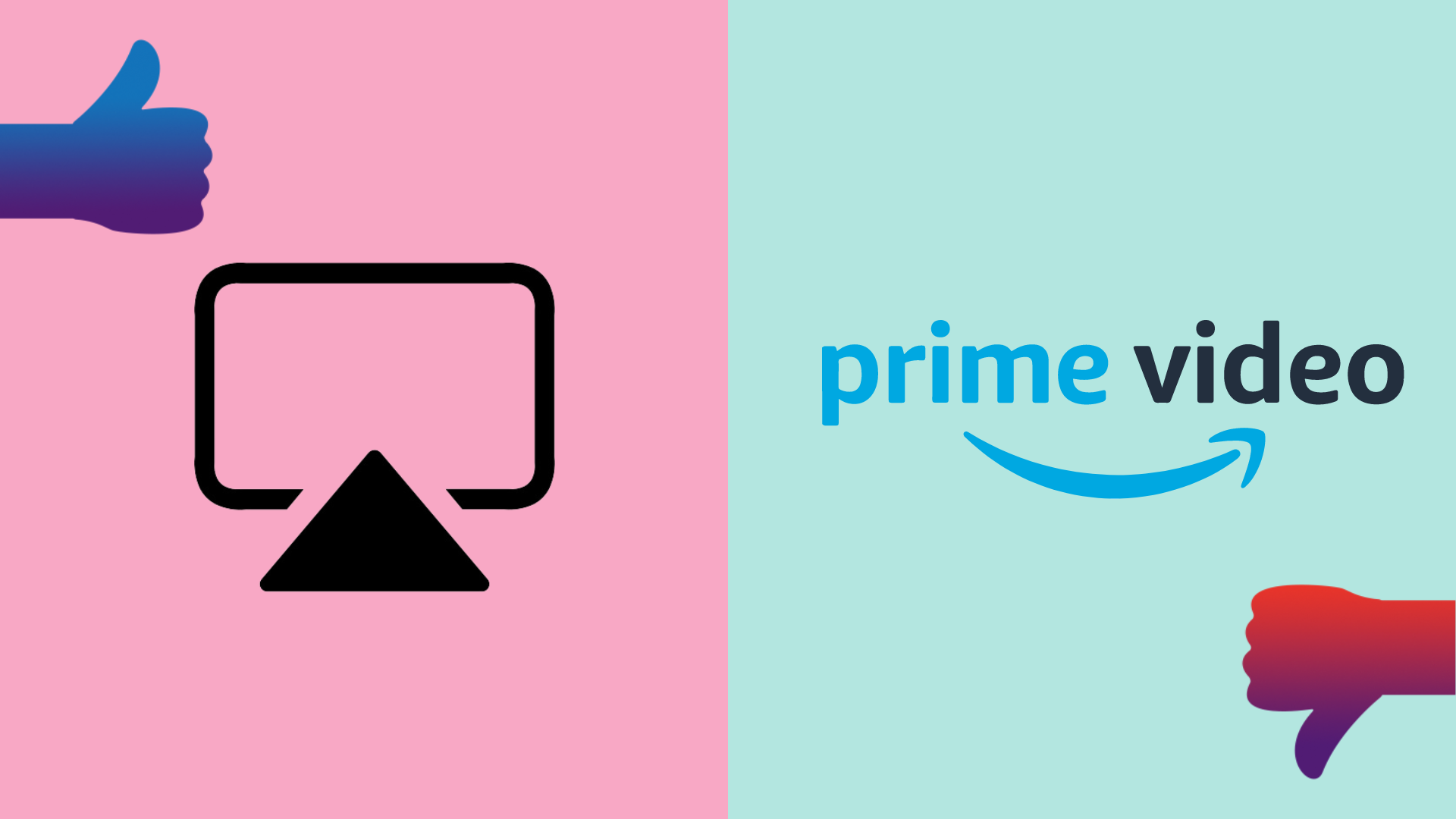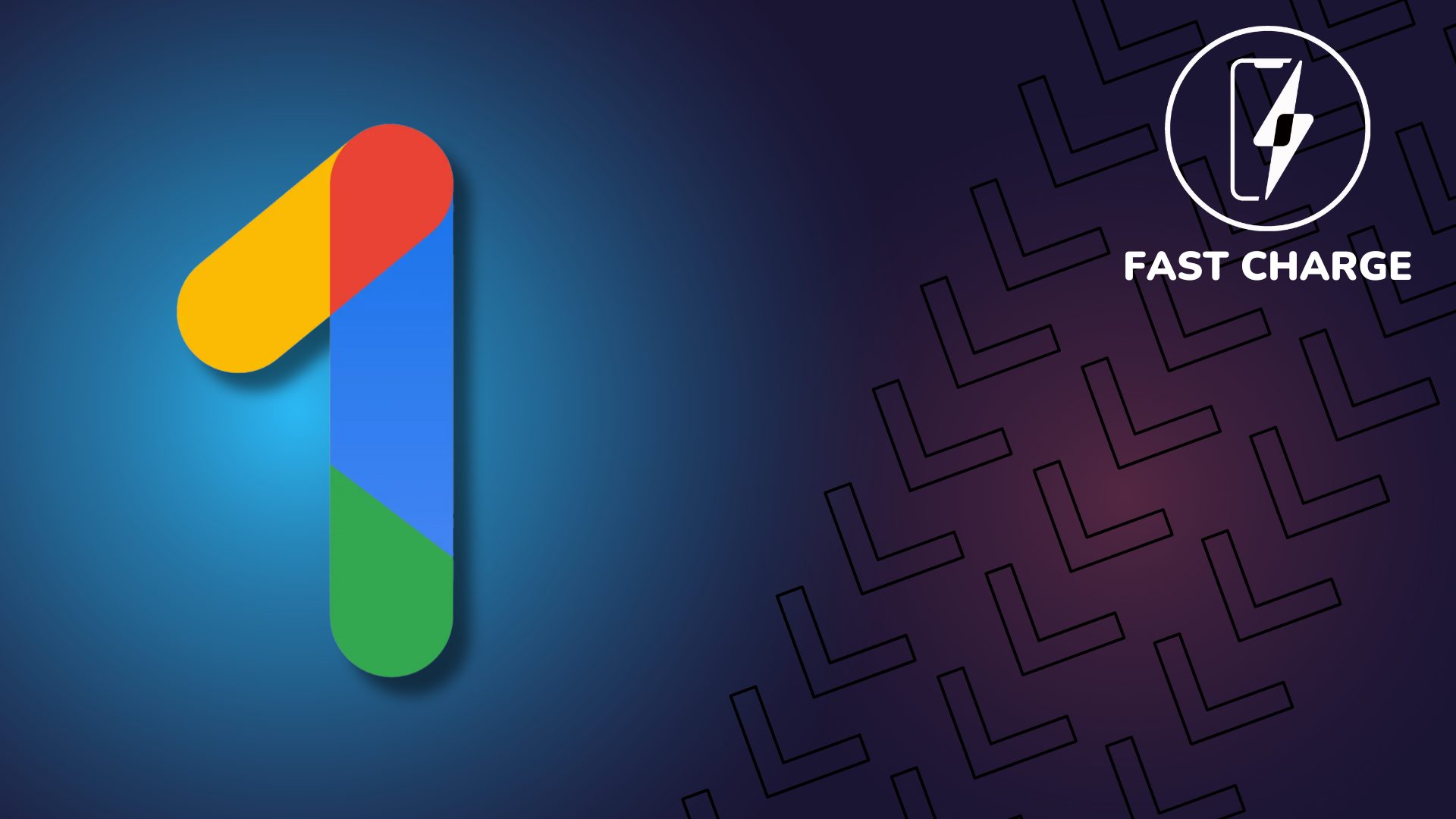Fast Charge: The iPhone 15 leaks have me worried
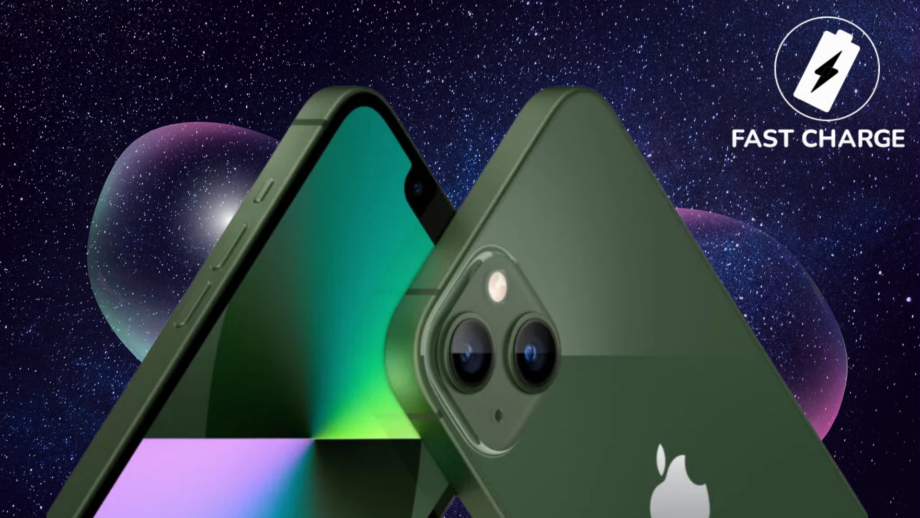
OPINION: We’re a few days away from MWC kicking off and playing host to some of the biggest Android phone releases of 2023, yet it’s the future of the iPhone that has been making waves since the start of the year.
Even though the iPhone 14 series has been on shelves less than five months – and there are likely another eight months to go until its successor is revealed on stage in Cupertino – the talk about what might set the iPhone 15 apart has already started to grow.
As with any leak, especially those that surround something as popular as the iPhone, it’s worth taking them, even from the more trustworthy sources, with a fairly hefty pinch of salt. If a number of these reported changes do become reality however, then I might have a few concerns about the direction of the iPhone 15.
My concerns began with the talk about the switch away from physical buttons towards capacitive versions, a rumour that has circulated numerous times in the past few years. The idea here is instead of buttons that actually depress when interacted with, they’d simply give the sensation of being pressed but without actually moving.
Apple has successfully made this change before, notably on the MacBook trackpad, Pick up any recent MacBook and the large touchpad doesn’t actually move when it’s pressed, instead, tiny vibrations from a haptic motor give the sensation of movement. It’s a convincing effect and one that has got better every time the tech is finessed.
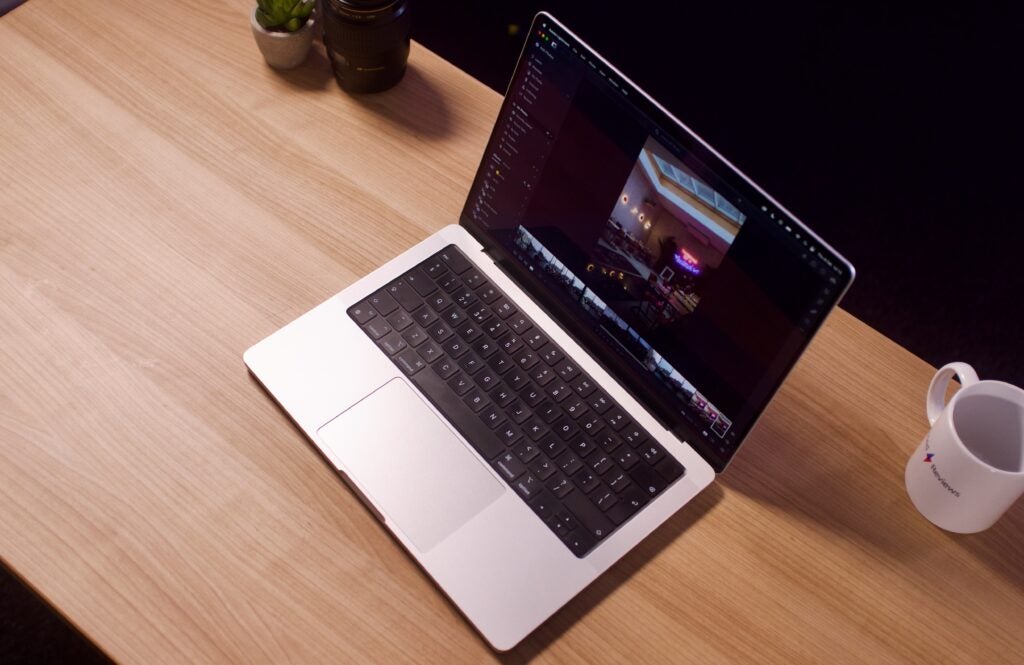
Yet, the idea of completely removing every button on an iPhone doesn’t feel quite right. This will remove any tactile response and require software that works perfectly all the time. I’ve had plenty of instances where my iPhone becomes unresponsive due to software bugs and glitches and the only way to reset it is by pressing down the buttons – remove the buttons completely, and goes away.
There has also been a lot of talk about the tweaked design we might see with the iPhone 15 Pro, including a switch to a screen with more of an obvious curve to it.
Android phones, especially high-end flagship offerings from Samsung, Xiaomi and Oppo have favoured heavily curved screens, cramming more display into a thinner body. I’ve always felt this design trait looked slick, but severely hampered the usability of bigger devices. I’ve come to prefer the flatter style Apple has used, but this could on its way out with the iPhone 15.
A heavy curve would, in my opinion, be a step in the wrong direction, making the phone harder to grip, hold and use just for the sake of making the device look a little sleeker.
Thankfully, some of the talk has suggested that the curve would be more subtle, similar to the way the recent Apple Watches have looked. Making this change will allow the phone to sport thinner bezels, as some of the areas around the screen would droop over the sides.
Of course, there has been more positive news surrounding the iPhone 15 series. The switch to USB-C has been confirmed (even if it’ll be the Pro model that makes full use of the port) and that’s a change that has been needed for years.
With the best part of a year to go before the iPhone 15 is likely announced, there’s plenty of time for things to change and further news to leak but from what has come out so far, I am slightly concerned about the direction the device might be going in.


